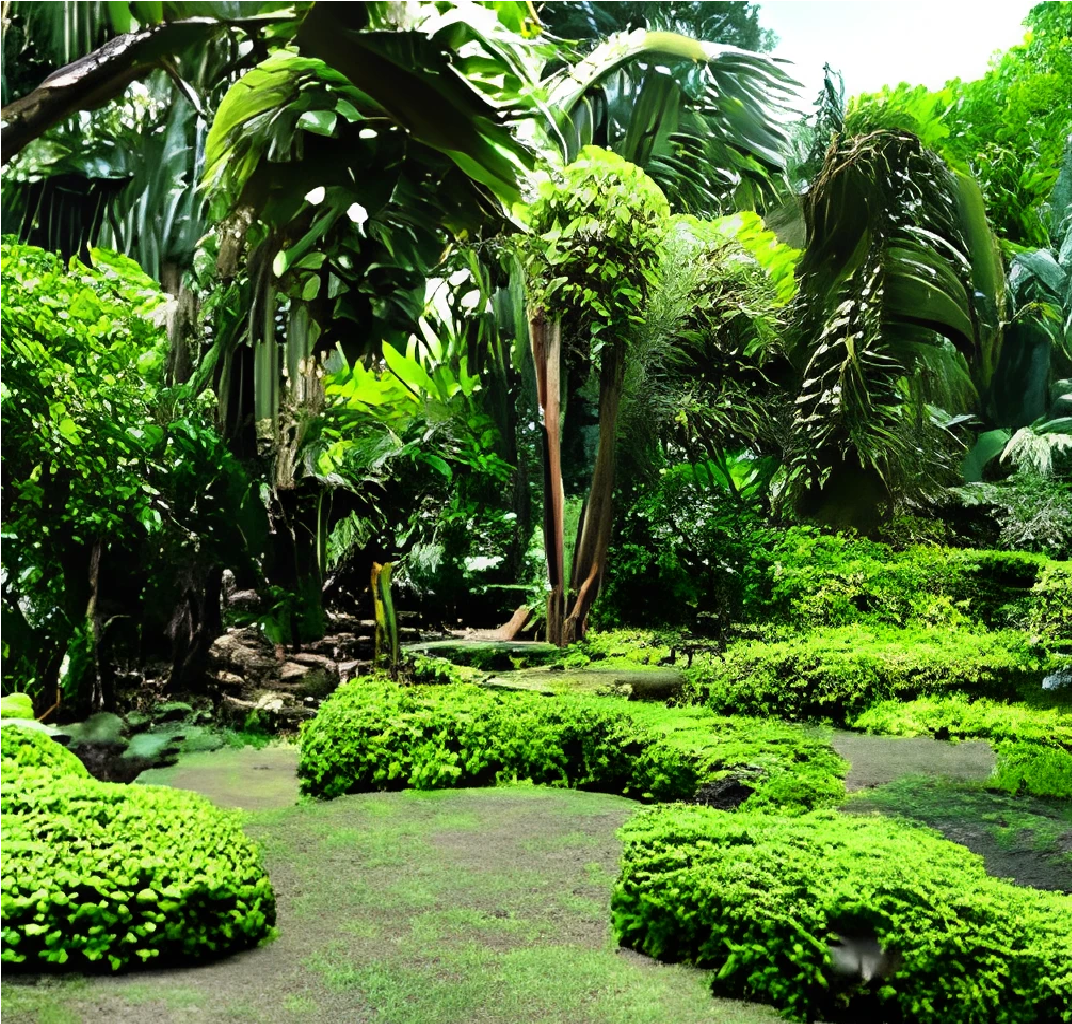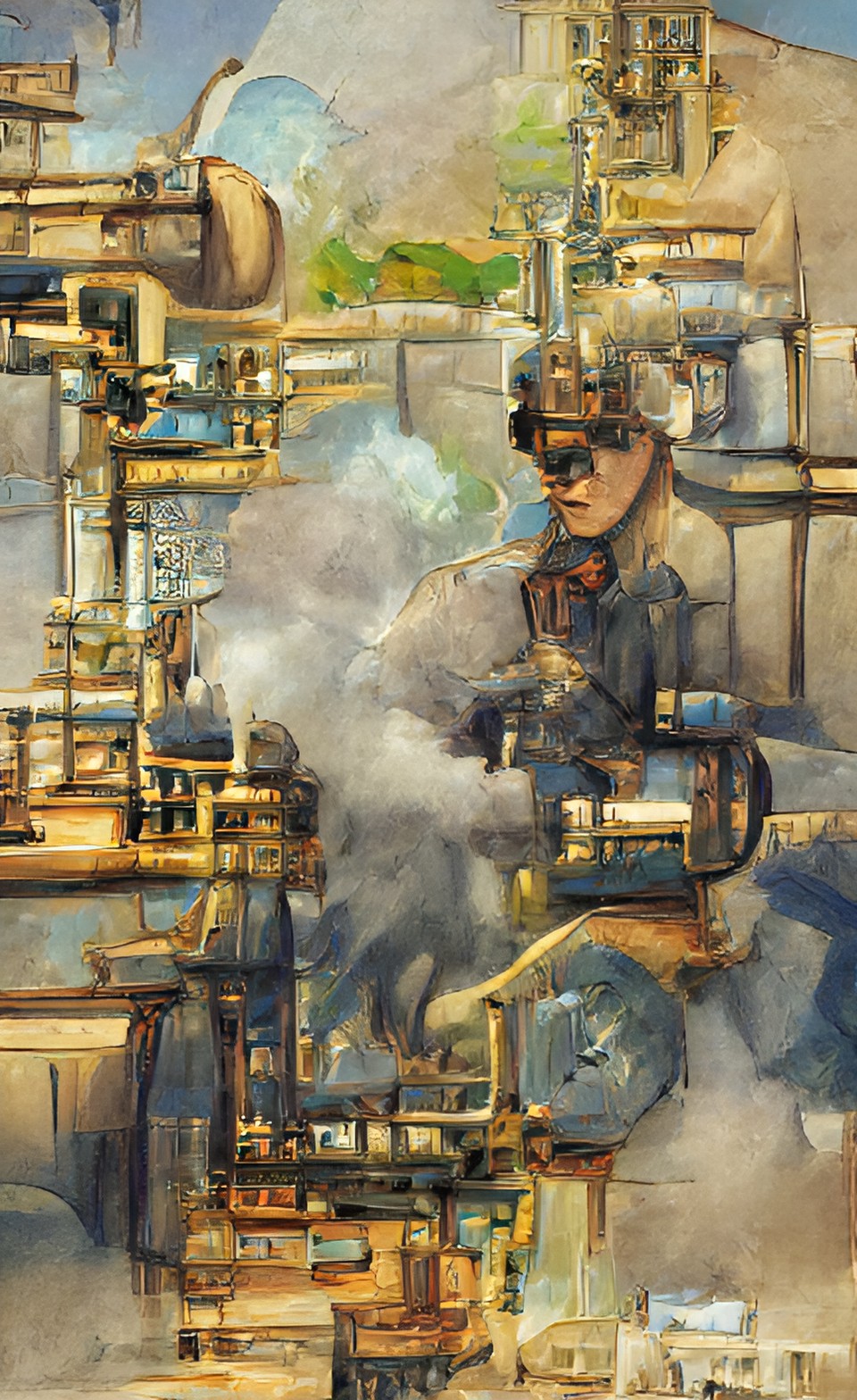Watering Flowers with Milk
by Frank
(Brooklyn, NY, USA)
When I was in the 3rd or 4th grade, I don’t remember for sure, I did a project where my mom and I bought a bunch of single pot marigolds from Home Depot that had already grown. I took them to different areas of our backyard and grew them. Some were in shady spots, some in sunny spots, some were kept in their plastics packages and some were put into pots.
The idea was to see how the
growing environment would affect the further development of the flower. As part of this process, I took another group of flowers and put them all out in the sun. I then watered them with different liquids. I remember milk was one of them, as was apple juice. I think Tabasco sauce was also one of them. Oh, and pickle brine.
Then when it was time for the science fair, I did a bunch of general research on how the weather affects plants and brought them all in a big, dirt-filled box to school. It was quite the messy attraction. I choose to believe that many of the other kids were jealous because of my awesome project, but that’s probably just childhood ego talking.
If kids have the garden room at home to do this (the plants weren’t expensive at all), this can be a pretty cool project, although obviously it’s not one that can be done the night before the way many of my later science fair projects were. (Heh.) It also helps to have a parent who knows a little bit what they’re doing in the garden. Overall though, I think it’s a pretty cool idea.
Barry's Response - cool one, Frank. It would have been interesting to know what the outcome was. How did the growth conditions compare?
This is something I would avoid doing with valuable plants like crops or prized collectibles. Milk can actually harm
The lactose and sugar in milk can attract insects and pests. It can damage the plants and make them more susceptible to disease. A film of fat can form on the leaves and stems of plants, preventing them from absorbing other nutrients and water.
In addition, milk can breed bacteria and fungi, which can damage plants and cause diseases like mildew and rot. In general, water plants with plain water or use a plant fertilizer that's specifically formulated for them. Additionally, pickle brine, hot sauce, beer, etc., are unlikely to be good ideas.
Another situation that frequent affects plants in yards and parks comes from Man's best friend. Plants can be affected both positively and negatively by dog urine, depending on several factors, including the dog's diet, the type of plant, and how often and how much it deposits.
Due to its high nitrogen content, dog urine can damage plants. Dog urine can cause nitrogen burn if it's deposited in large quantities or repeatedly in the same spot. Nitrogen is a vital nutrient for plants, but too much can burn and damage the roots.
Dog urine can also be used as a natural fertilizer for plants, since it contains nitrogen, phosphorus, and potassium, which are essential for plant growth. Dog urine can actually fertilize the soil and promote healthy plant growth when deposited in small amounts. Dilute the urine with water before applying it to the plants, as concentrated urine can damage them.
In summary, dog urine affects plants in different ways. While small amounts of urine can be beneficial, repeated or concentrated deposits can be harmful. Dogs should be trained to urinate in designated areas or their urine should be diluted with water to minimize damage.
Search this site for more information now.
Comments for Watering Flowers with Milk
|
||
|
||
|
||
|
||
|
||
|
||
Do you have concerns about air pollution in your area??
Perhaps modelling air pollution will provide the answers to your question.
That is what I do on a full-time basis. Find out if it is necessary for your project.
Have your Say...
on the StuffintheAir facebook page
Other topics listed in these guides:
The Stuff in the Air Site Map
And,
Thank you to my research and writing assistants, ChatGPT and WordTune, as well as Wombo and others for the images.
GPT-4, OpenAI's large-scale language generation model (and others provided by Google and Meta), helped generate this text. As soon as draft language is generated, the author reviews, edits, and revises it to their own liking and is responsible for the content.





